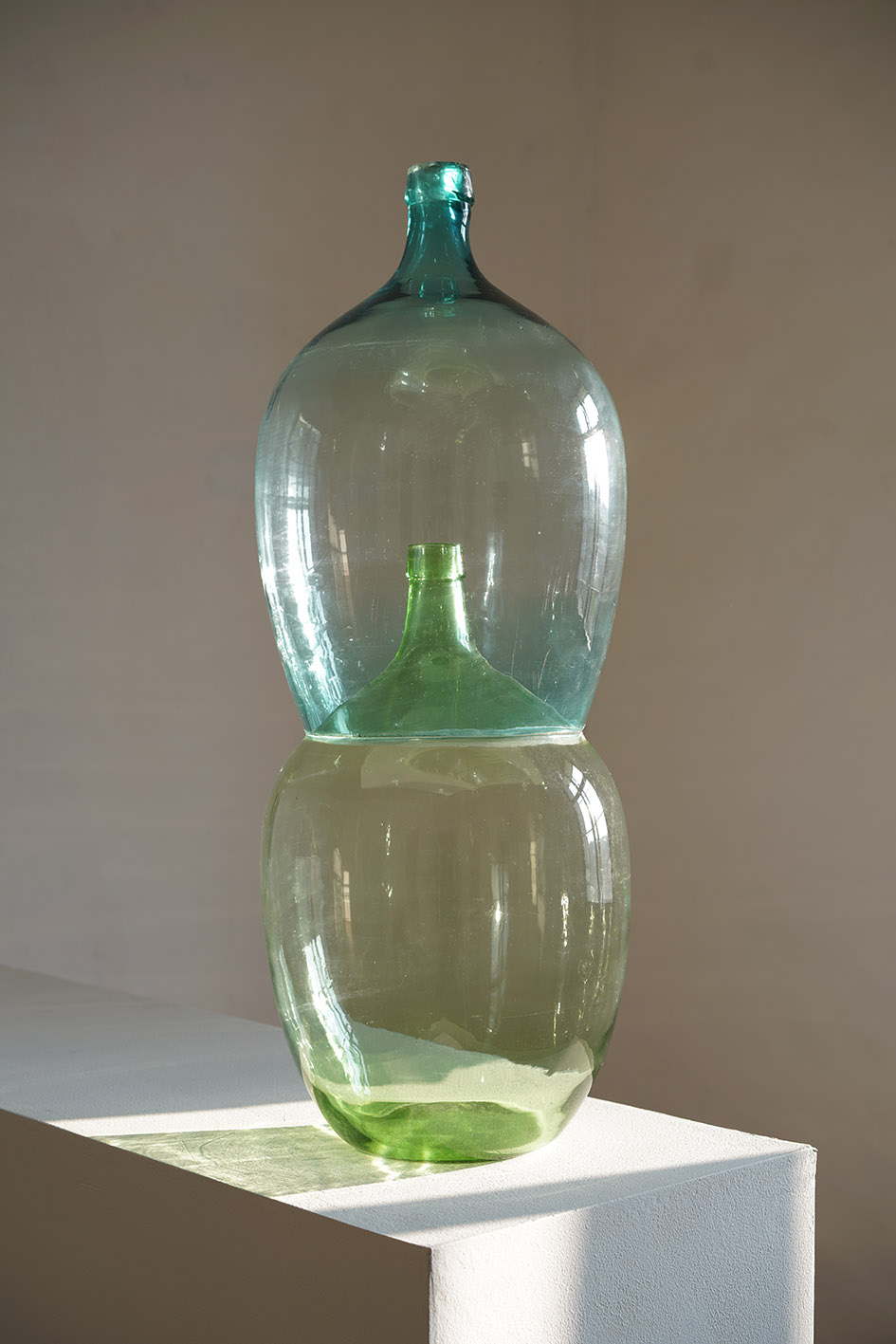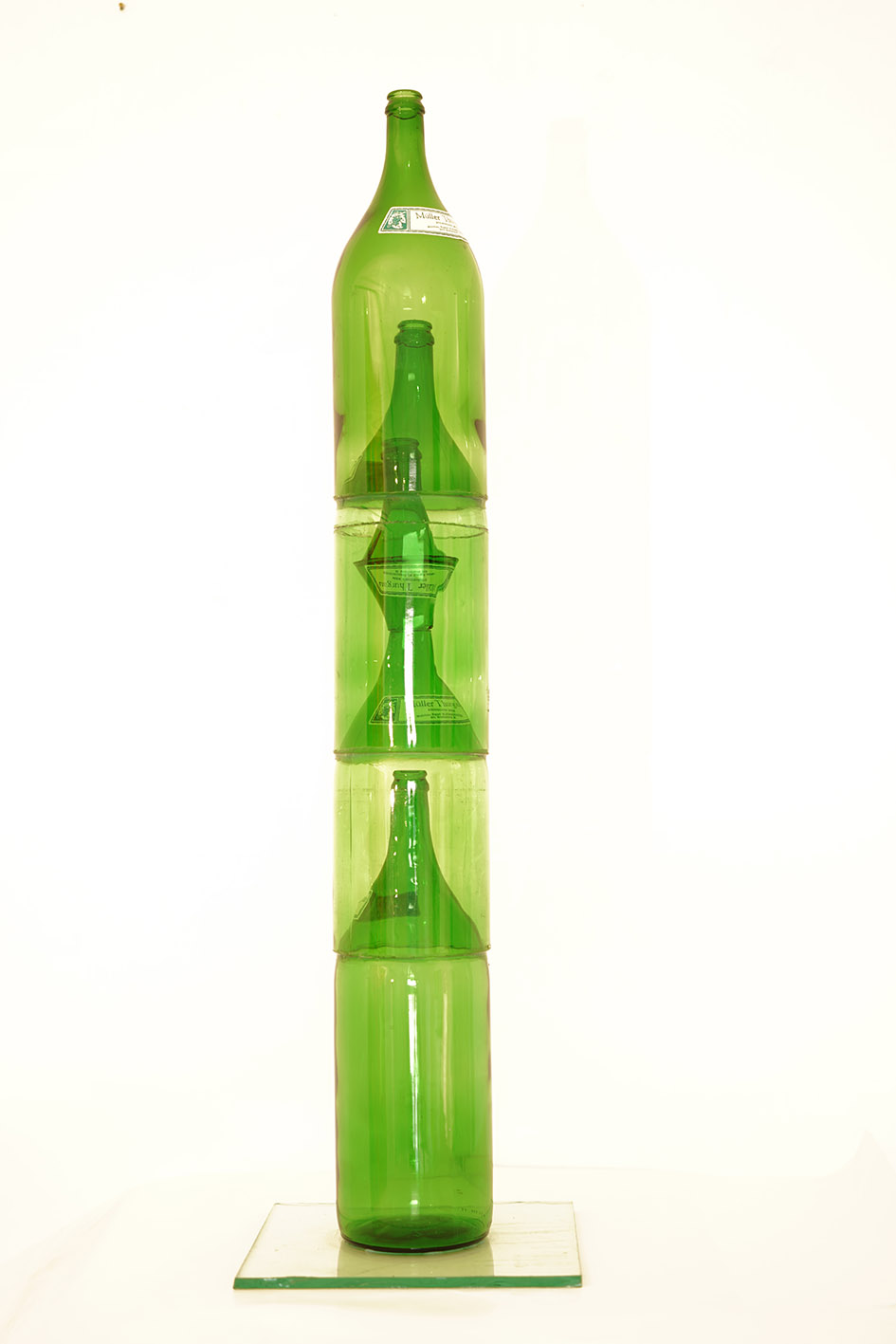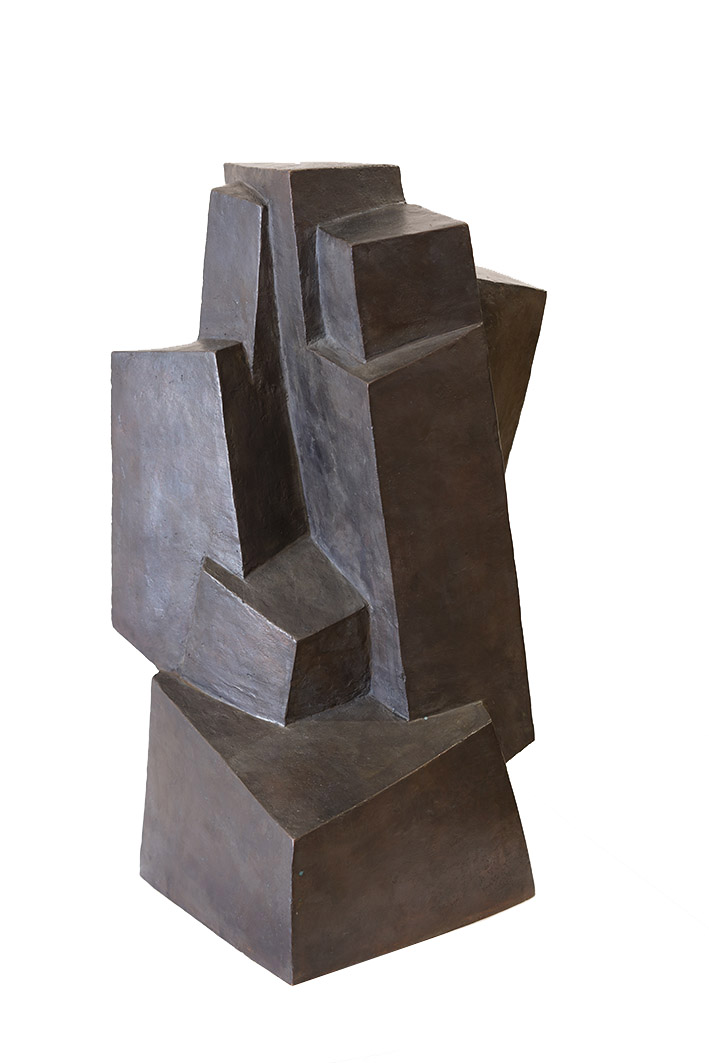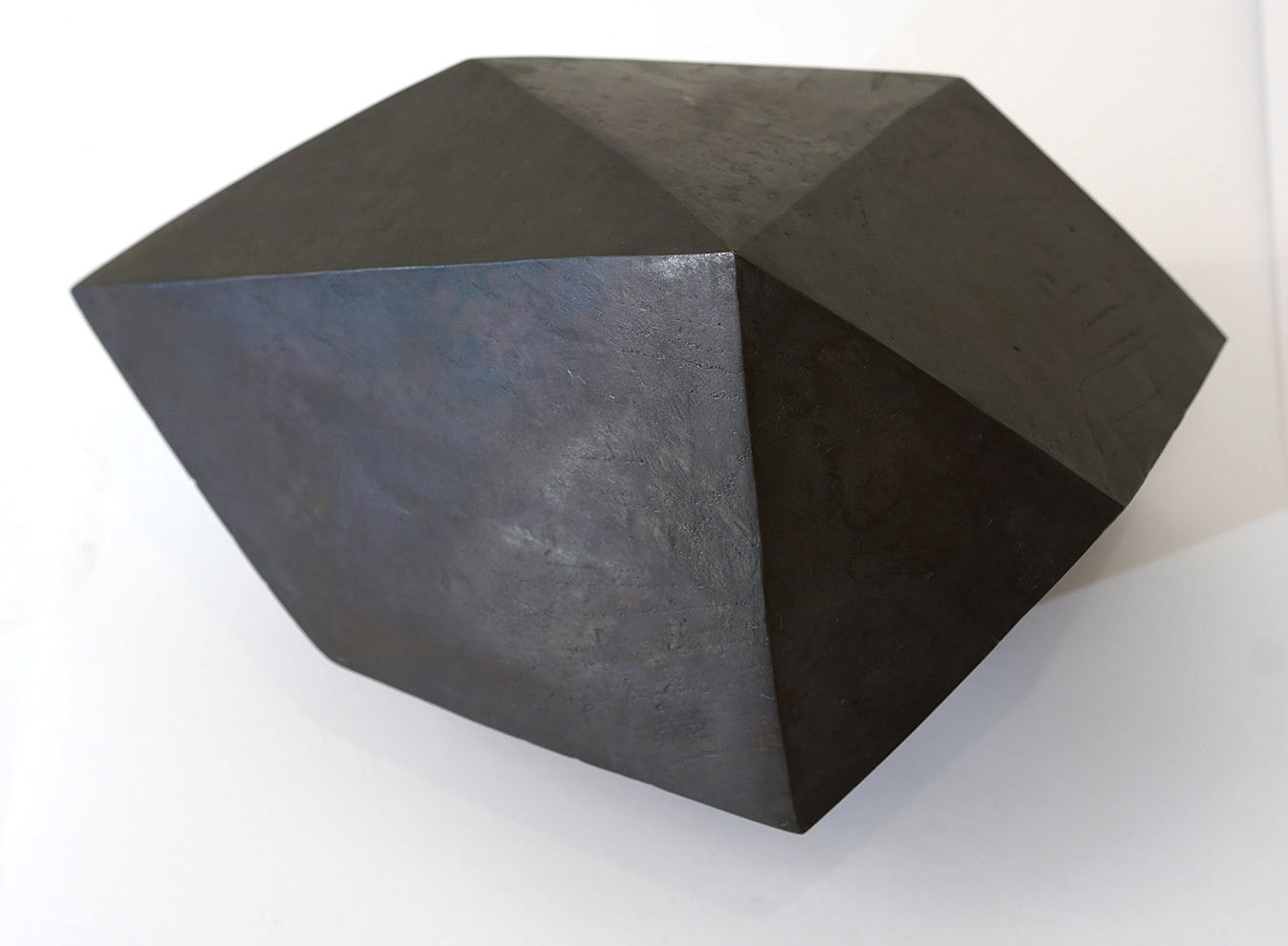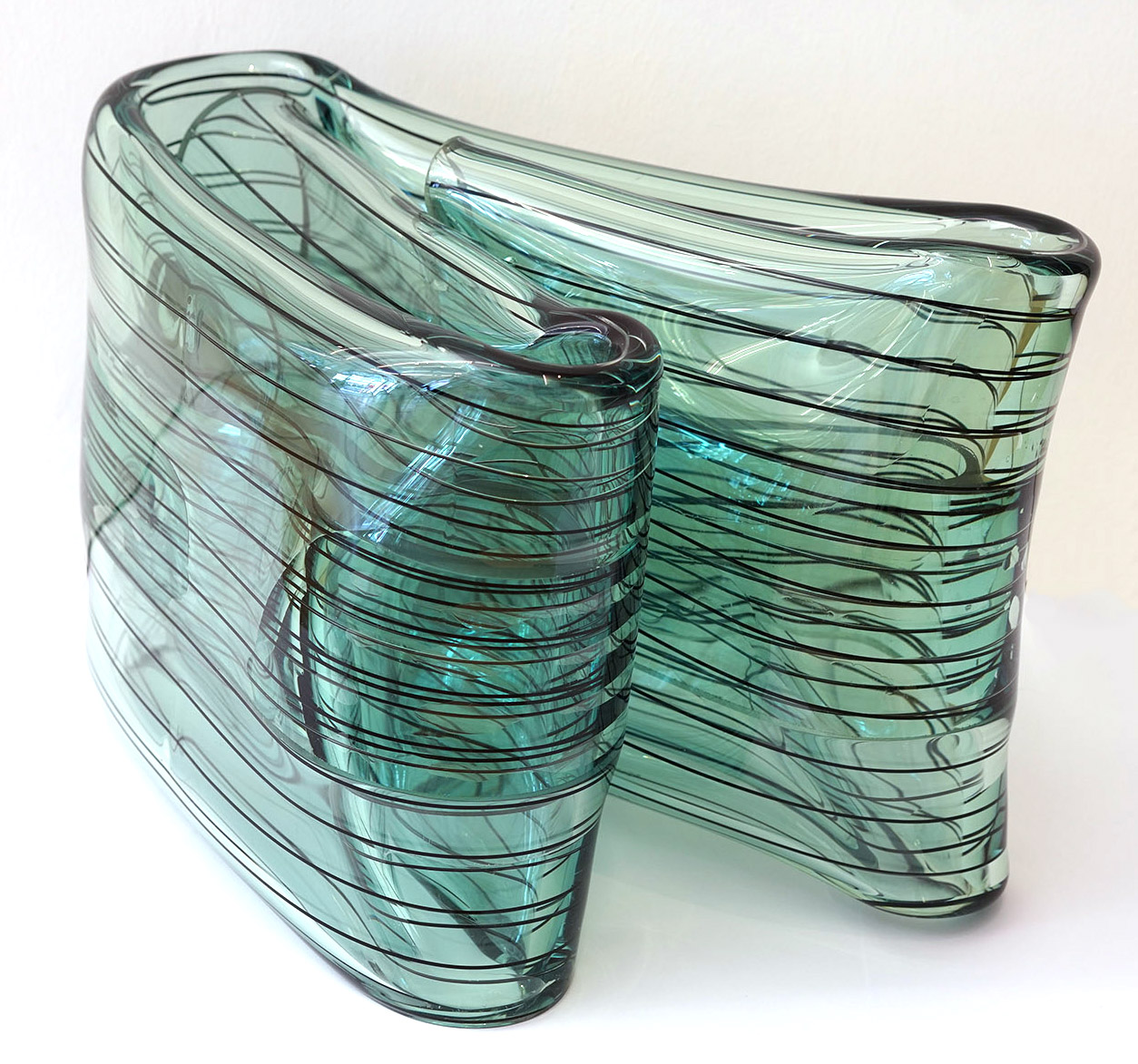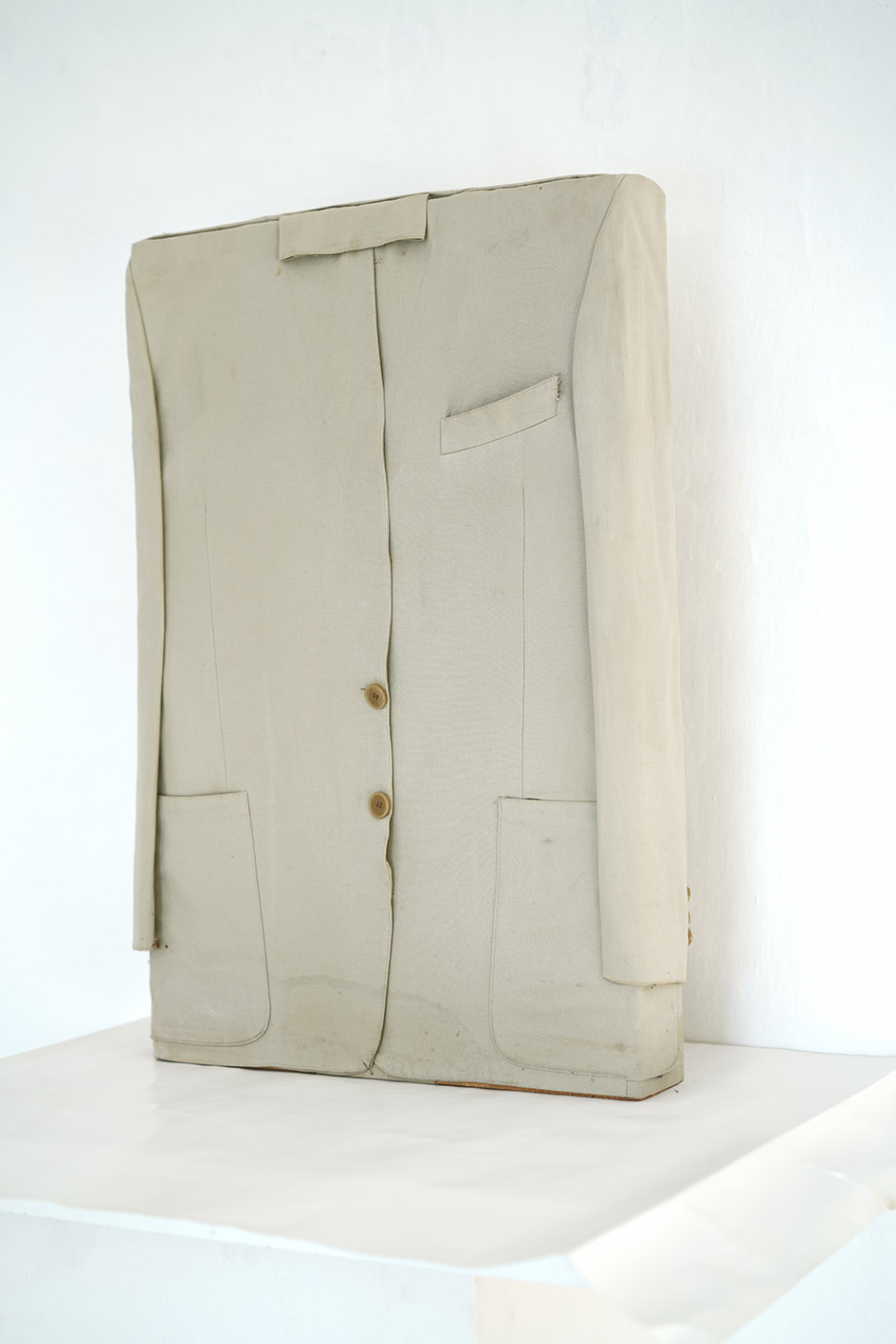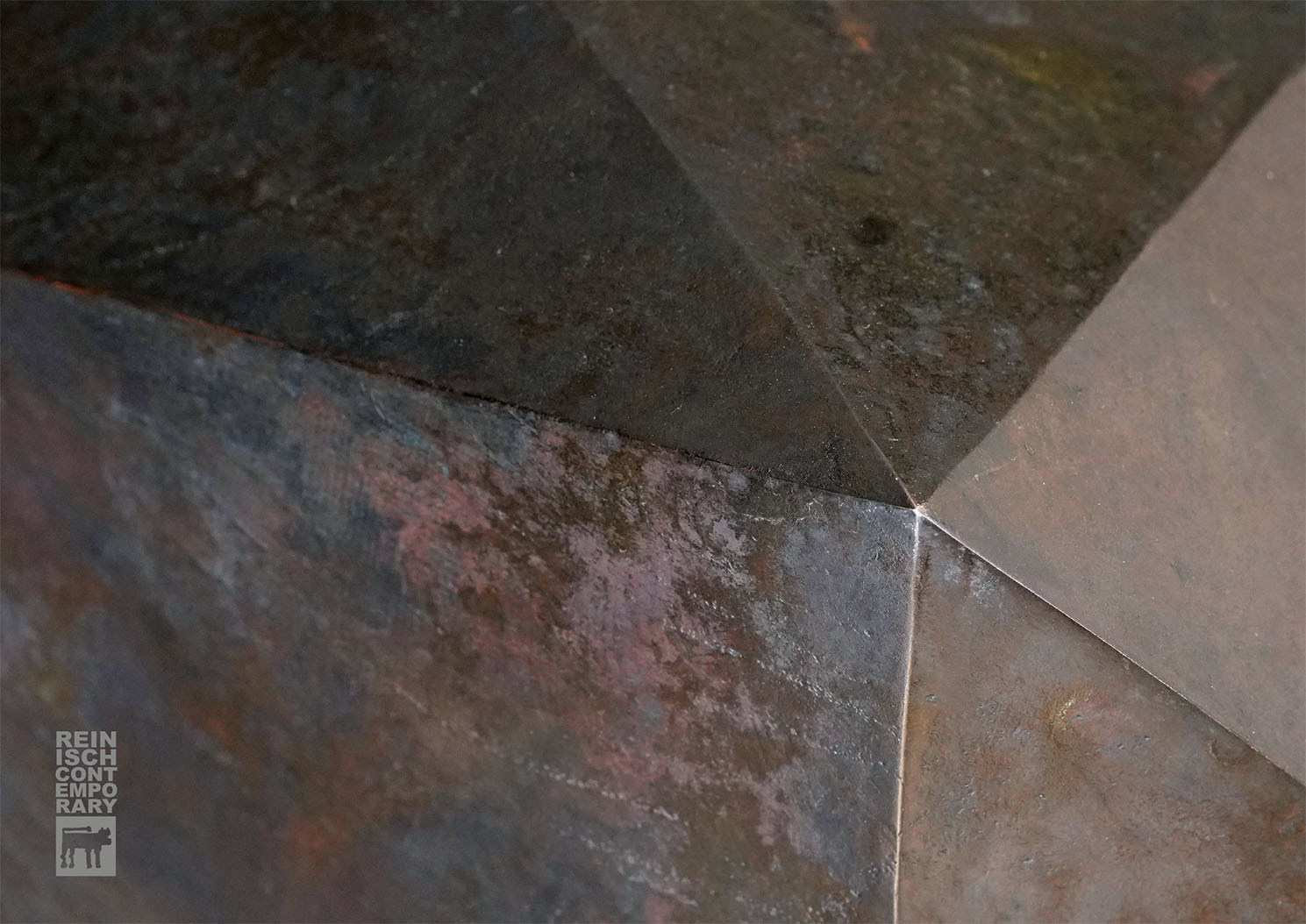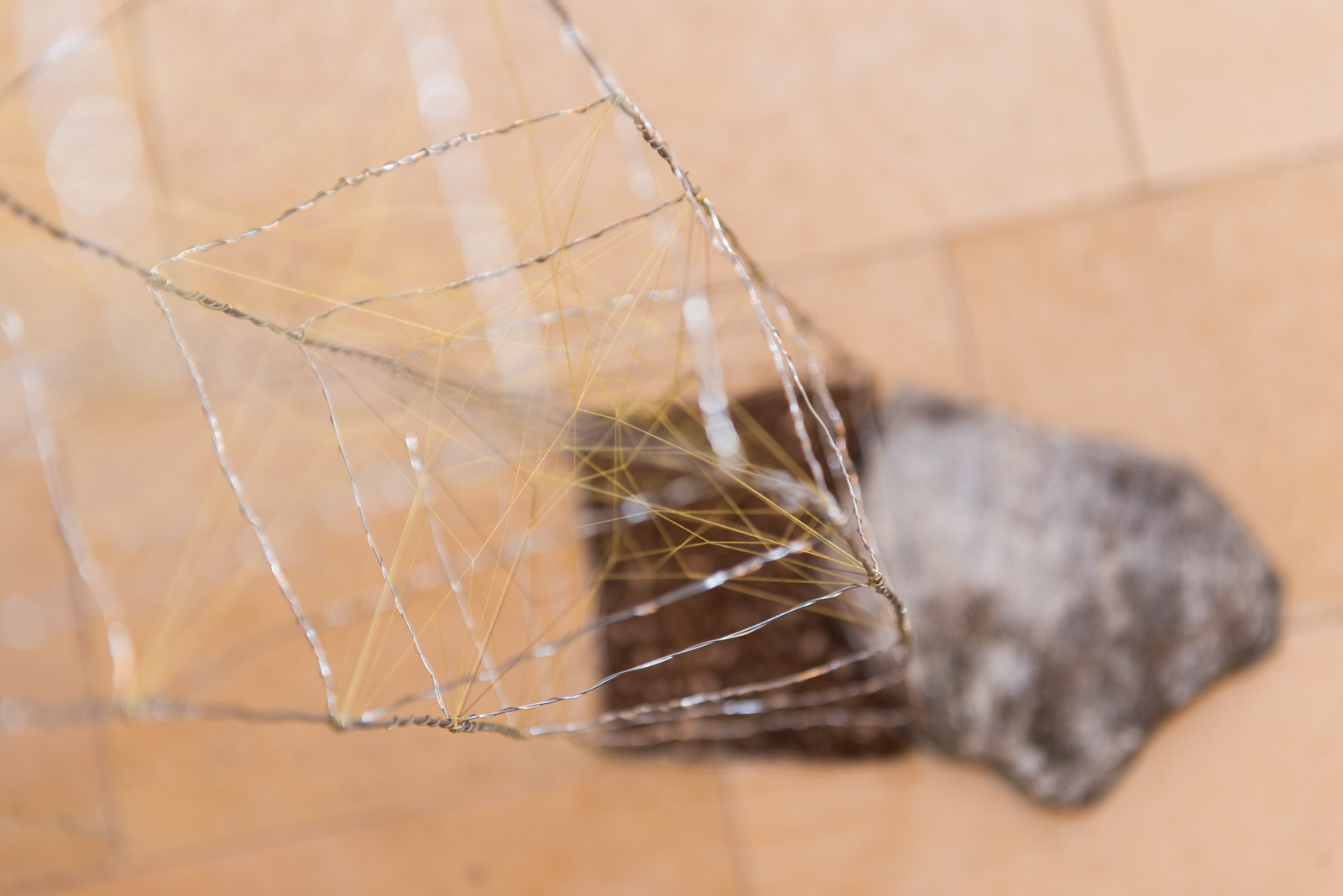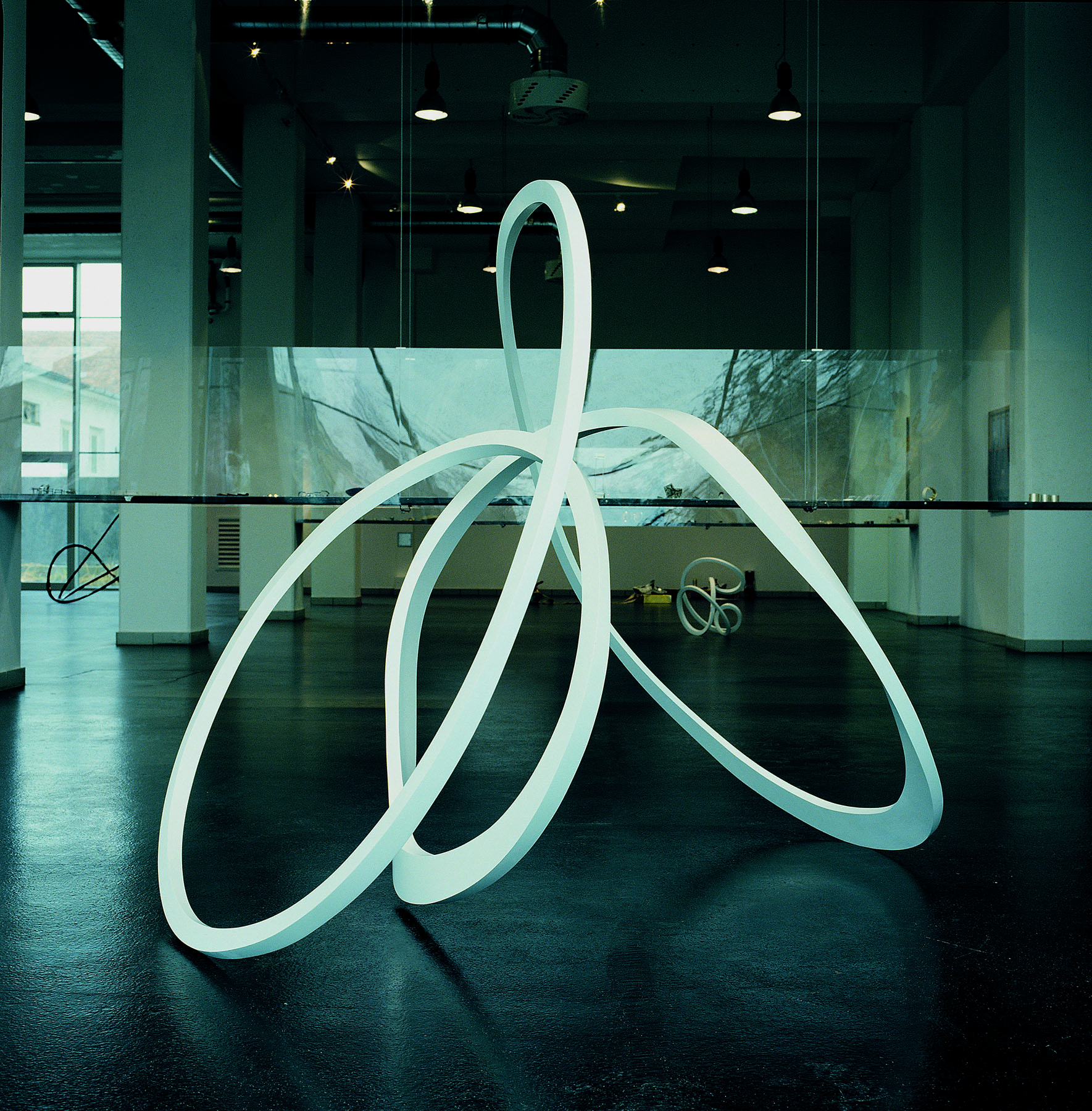Sculptures in the Reinisch Contemporary gallery
Opening: Monday, 24/9/2018, 7pm
Hauptplatz 6, 8010 Graz
Introduction: Günther Holler-Schuster
In its exhibition titled “Object and Abstraction”, the Reinisch Contemporary gallery addresses a major theme, one might even say overpowering theme, which is that of sculpture. Now to use the term in such an unrestricted way may seem presumptuous and imprudent; after all, formulations within this artistic discipline are vastly complex and their definitions manifold. The intermedia forms of sculpture which have long since emerged reach into the installative or performative. Today, sculpture can refer to a purely linguistic expression, a photo document or even a social process or an action.
Modern sculpture – and its tradition to which the “Object and Abstraction” exhibition refers – was characterised from the beginning by its detachment from the anthropomorphic. As a centuries-old constant within sculpture and as a result of modernity, the body takes on a different appearance or disappears completely in the process of abstraction and reduction. However, inspiration did not only come from natural forms; to a far greater extent, it came from new discoveries within science, philosophy or technology, as a result of which new questions arose concerning the choice of material used. While use is made of classic materials such as bronze, stone and wood, what still strikes us today is a playful deployment of materials within sculpture. Although materials are amplified in their properties, they are equally used contrary to their properties – they can simulate a physical state, as it were. Take heaviness or lightness, compactness or transparency, materiality and immateriality, for example, in the works of Edelgart Gerngross and Kurt Stadler. In addition, the presentation form of sculpture on a plinth continues to be constantly confirmed and broken, unravelled and re-discussed, until ultimately the plinth itself has become a piece of sculpture.
Although the body and the object have been eliminated through processes of abstraction, they have re-emerged in very many different ways. The invention of readymades introduced the industrially produced everyday object to art as a real element. The result was object art, which in turn is linked to the manifold question of the material. The emergence of the real object was accompanied by the function and use of the object, thereby renewing the body – as an actor. Erwin Wurm illustrates this very impressively in his work when he drapes a worn coat around a plinth. The absence of the body is offset by the garment which belongs to the body – and ultimately by the plinth as a place on which figures, statues, memorials or monuments usually stand.
The examples in the exhibition show many of the dynamics and processes mentioned above. Hence the works of Josef Pillhofer and Carl Prantl are eminent testimonies to modernity. Here, abstraction – both of the human body and as a value in itself – plays a central role. Although Hans Kupelwieser, Michael Kienzer and Kri Kammerhofer consciously avail themselves of such forms, which are well known from the classical modern repertoire, they follow another line of logic. Their choice of materials and the different work procedures that come to art from the field of technology result in shifts of meaning. These extend into the humoristic when, for example, tectonically stacked crispbread in bronze becomes an example of problems related to carrying and loading (Kammerhofer). Industrially cut pig iron, pliable plastics (Kupelwieser) as well as everyday objects are combined in new configurations (Kienzer) to produce completely new content. At the same time, however, they refer back to the achievements of modernity.
Günther Holler-Schuster
